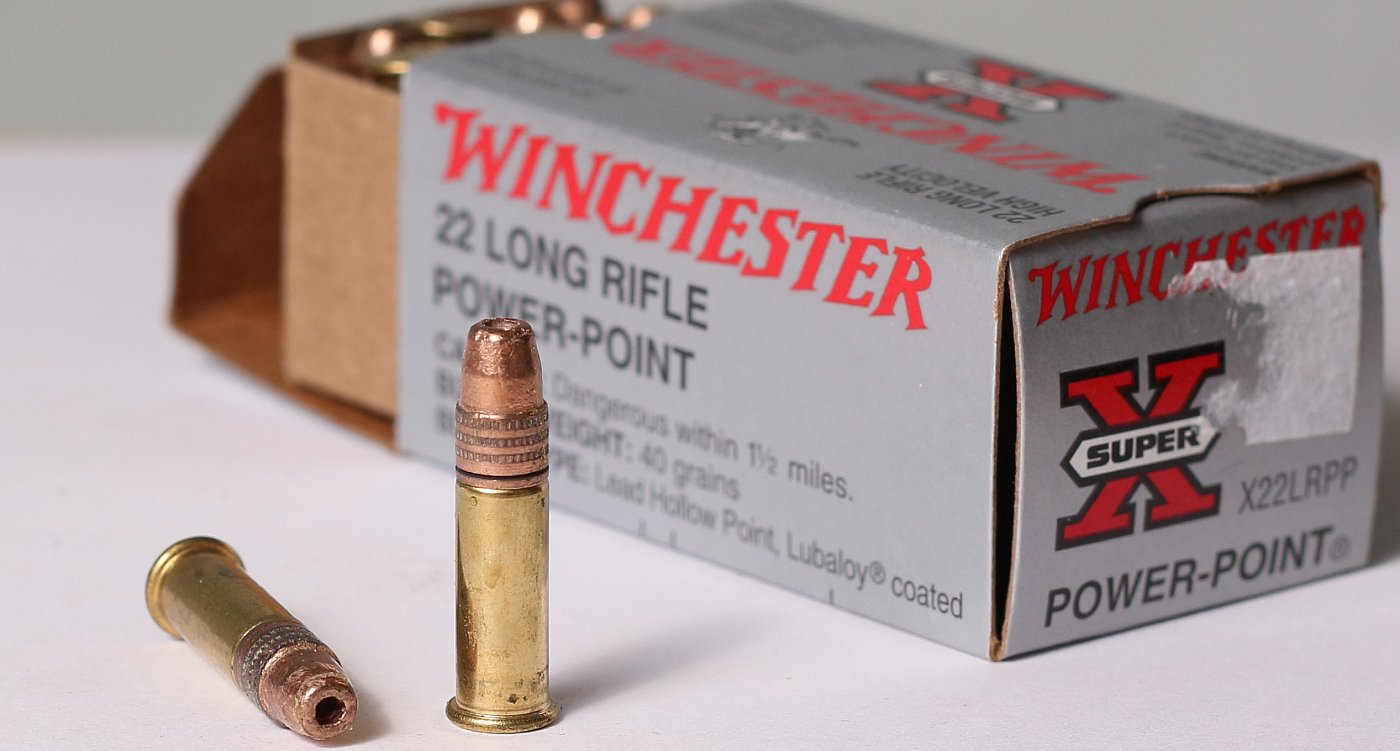Hello,
Our shooting club has founded a unit that will produce data on how rimfire and shooter behaves.
Our side goal is to be able to provide commercial benched lot testing for all shooters with minimal costs.
We will attempt to lot test low, mid and high grade 22LR ammo (and plans to do CF too) and over time, build a chart of ammo testings we have done to see data like:
-Highest price/accuracy ratio
---Best ammo to keep within bullseye at 50m for the money
We will record info on gun, barrel length, muzzle velocity, group size (electric target), ammo info from brand to lot number and price.
We will try to test things like how much cleaning affects shooting accuracy with Anschutz by recording benched results with the barrel uncleaned and cleaned per Lilja's instructions.
We will test how barrel extenders / silencers and other weights will change groups.
We will test weight and rim measured ammo. A topic which I have found to have info with big variety of conclusions and I have never run into test results with good background data.
Aim is to transfer money into data with good ratio. Data that is written and research-grade.
Do you have any ideas what to test? Or any publications that we could find interesting and maybe even repeat and confirm?
Our shooting club has founded a unit that will produce data on how rimfire and shooter behaves.
Our side goal is to be able to provide commercial benched lot testing for all shooters with minimal costs.
We will attempt to lot test low, mid and high grade 22LR ammo (and plans to do CF too) and over time, build a chart of ammo testings we have done to see data like:
-Highest price/accuracy ratio
---Best ammo to keep within bullseye at 50m for the money
We will record info on gun, barrel length, muzzle velocity, group size (electric target), ammo info from brand to lot number and price.
We will try to test things like how much cleaning affects shooting accuracy with Anschutz by recording benched results with the barrel uncleaned and cleaned per Lilja's instructions.
We will test how barrel extenders / silencers and other weights will change groups.
We will test weight and rim measured ammo. A topic which I have found to have info with big variety of conclusions and I have never run into test results with good background data.
Aim is to transfer money into data with good ratio. Data that is written and research-grade.
Do you have any ideas what to test? Or any publications that we could find interesting and maybe even repeat and confirm?


